Calcium Citrate CAS 813-94-5
Chemical Name: Calcium Citrate
CAS No.: 813-94-5
Molecular Formula: C12H10Ca3O14
Molecular weight:498.43
Appearance:White powder
Assay: 97.5-100.5%
发送询盘
Description
Calcium Citrate Quick Details
Chemical Name: Calcium Citrate
CAS No.: 813-94-5
Molecular Formula: C12H10Ca3O14
Product Structure:
Molecular weight: 498.43
Appearance: White powder
Assay: 97.5-100.5%
Typical Properties
Test?item
Specification
Result
Appearance
White Powder
Conforms
Identification
Should meet the requirements
Conforms
Assay(dried basis)
97.5~100.5%
98.75%
Cacium
Around 24%
24.19%
Lead
??0.001%
<0.001%
Heavy metals
??0.002%
<0.002%
Arsenic
??3???g/g
<3 ??g/g
Loss on drying
??2%
1.25%
Acid-insoluble substances
??0.2%
0.14%
Partical size
Through 200 mesh
Conforms
Total Aerobic Mircrobidal count
Maximum 1000 cfu/g
Less than 1000 cfu/g
Total Aerobic Mircrobidal count
Maximum 100 cfu/g
Less than 100 cfu/g
Total Coliform count
Maximum 10 cfu/g
Less than 10 cfu/g
E.Coil
Negative in 10g
Negative in 10g
Salmonella
Negative in 25g
Negative in 25g
Staphylococcus Aureus
Negative in 10g
Negative in 10g
Conclusion:
The results conforms with USP35?standards
?
Calcium Citrate Usage
This product is used as an analytical reagent and used in the preparation of lemon salts.
Packaging and Shipping
Packing: 25kg/drum
Calcium Citrate Storage
It should be placed in cool and dry.
| 5 |
|
0 |
| 4 |
|
0 |
| 3 |
|
0 |
| 2 |
|
0 |
| 1 |
|
0 |
- 2
- 2-diallylpent-4-en-1-amine
- 4
- 95-16-9
- Ammonium sulfamate
- Benzothiazole
- cas:67889-00-3ح2
- cas:83524-75-8 | pigment black 32
- cas:928836-00-4 | 2
- cas:932745-70-5 | 4
- Chemical Minerals
- Coconut diethanolamide
- Daily Chemicals
- discount
- for sale
- General pvc resin
- hexyl D-glucoside
- in stock
- Lauramidopropyl betaine
- LAURIC ACID MONOETHANOLAMIDE
- Petroleum Additives
- Plasticiser
- Ploymers
- price
- PVC
- quotation
- Raw Materal
- Remove term: Petroleum Additives Petroleum Additive
- SODIUM ETHYL 2-SULFOLAURATE
Related Products
Microcrystalline cellulose is a purified, partially depolymerized cellulose that occurs as a white, odorless, tasteless, crystalline powder composed of porous particles. It is commercially available in different particle sizes and moisture grades that have different properties and applications.
Microcrystalline cellulose and carboxymethylcellulose sodium occurs as a white or off-white odorless and tasteless hygroscopic powder containing 5?C22% sodium carboxymethylcellulose. It is a water-dispersible organic hydrocolloid.
Chemical Name: Ammonium Iron(II) Sulfate
Synonyms: Diammonium iron bis(sulphate); iron (ii) ammonium sulfate
CAS No.: 10045-89-3
Molecular Formula: FeH5NO4S
Molecular Weight: 170.95
Common English name: 5-iodo-2,3-dihydropyridazin-3-one
CAS No.: 825633-94-1
Molecular formula: C4H3IN2O
Molecular weight: 221.98
Sample: Available
Chemical Name: COPPER (II) GLUCONATE, MIN. 98
CAS No.: 13005-35-1
Molecular Fomula: C12H22CuO14
Molecular weight: 453.84068
Chemical Name: Ashwagandha Extract
Synonyms: Withania somnifera, ext.; Withania Somnefera Extract
CAS: 90147-43-6
Appearance: Brown
Monostearin is a versatile emulsifier and emollient derived from glycerol and stearic acid. It is instrumental in stabilizing emulsions and enhancing the texture and consistency of a wide range of products in the cosmetics, food, and pharmaceutical sectors.
Product name:HYDROXYPROPYL GUAR HYDROXYPROPYLTRIMONIUM CHLORIDE
Purity:99%
Appearance:Light Yellow Powder
Package:Customized according to customer needs.
Sample:Available
Chemical Name: Quercetin-3-O-sophoroside
CAS No.: 18609-17-1
Molecular Formula: C27H30O17
Molecular Weight: 626.52
Chemical Name: D-PANTOTHENIC ACID
CAS No.: 79-83-4
Molecular Formula: C9H17NO5
Molecular Weight: 219.24
Appearance: Colorless or Light Yellow Oily Liquid
Chemical Name: Hydroxypropyl starch
Synonyms: Starch 2-hydroxypropyl ether; Hydroxypropyl starch ether; 2-Hydroxypropyl starch
Cas No.: 9049-76-7
Molecular Fomula: C24H42O21
Molecular Weight: 666.57768
Appearance:?White Powder
Citric acid is a white, crystalline, weak organic acid present in most plants and many animals as an intermediate in cellular respiration. Citric acid contains three carboxyl groups making it a carboxylic, more specifically a tricarboxylic, acid.the name citrus originates from the Greek kedromelon meaning apple of melon for the fruit citron. Greek works mention kitron, kitrion, or kitreos for citron fruit, which is an oblong fruit several inches long from the scrublike tree Citrus medica. Lemons and limes have high citric acid content, which may account for up to 8% of the fruit’s dry weight.
Chemical Name: Disodium Hydrogen Citrate Sesquihydrate
Cas No.: 6132-05-4
Appearance:?White Powder
Assay??99%

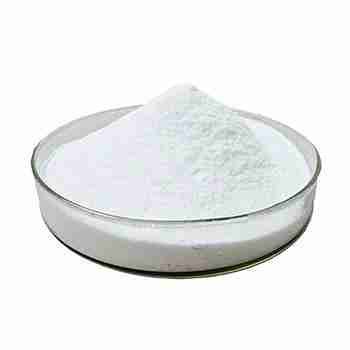





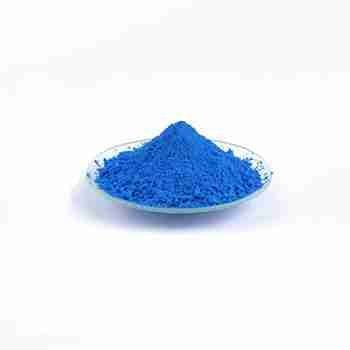




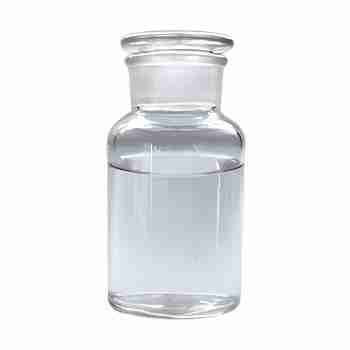
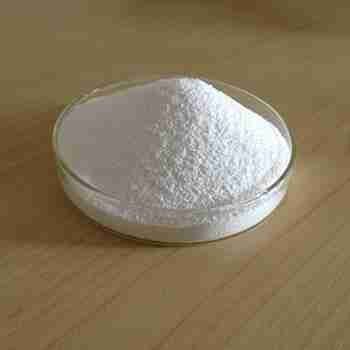
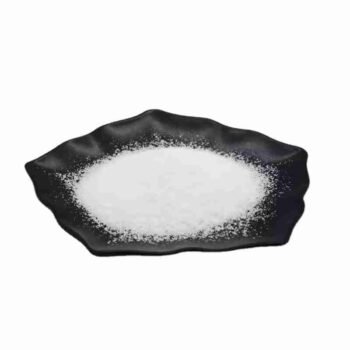
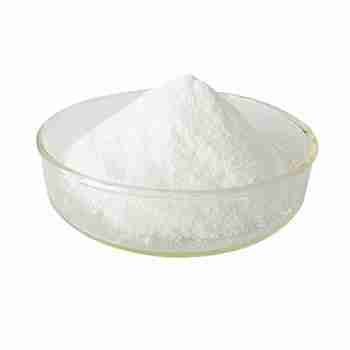



Reviews
There are no reviews yet.